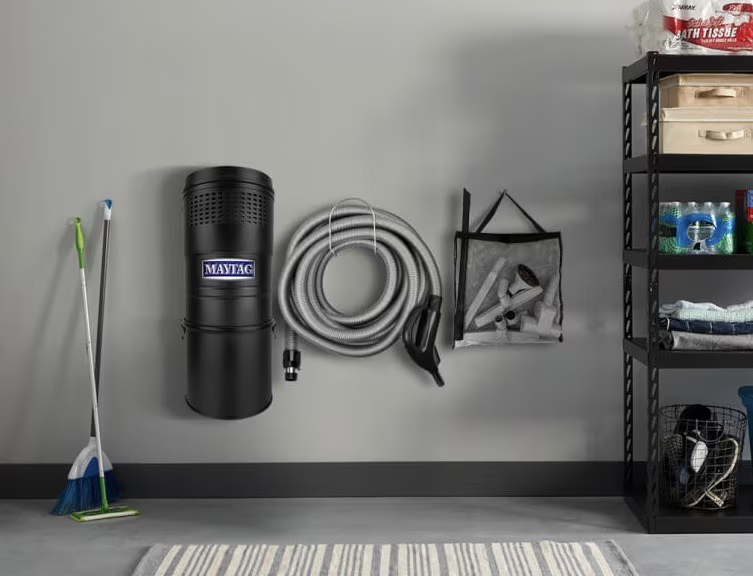Central Vacuums: Installation Costs and Considerations

Installing a central vacuum system involves several factors that can affect both the cost and the effectiveness of the system in your home. Here’s a comprehensive guide to help you understand installation costs and considerations:
1. Upfront Costs
- Central Vacuum Unit: The cost of the Central Vacuums unit itself can vary widely depending on the brand, model, and features. Entry-level units may start around $600-$800, while higher-end models with more powerful motors and advanced filtration systems can range from $1,000 to $2,500 or more.
- Accessories and Attachments: Additional accessories such as hoses, brushes, and specialized cleaning tools may add to the initial cost. These accessories are essential for maximizing the system’s cleaning efficiency and versatility.
2. Installation Costs
- Professional Installation: Unless you have experience with Central Vacuums installation, it’s advisable to hire a professional installer. Installation costs typically range from $500 to $1,500 or more, depending on factors such as:
- Home Size and Layout: Larger homes or homes with multiple floors may require more extensive installation, increasing labor costs.
- Retrofit vs. New Construction: Retrofitting a Central Vacuums system into an existing home may involve additional labor and materials costs compared to installing during new construction.
- Location of Central Unit: The placement of the Central Vacuums unit (e.g., garage, basement) and inlet valves affects installation complexity and cost.
- Materials and Labor: Installation costs include materials such as tubing, fittings, inlet valves, and the labor required to run tubing through walls, floors, and ceilings. Professional installers ensure proper placement of inlet valves for optimal coverage and suction efficiency.
3. Considerations for Installation
- Home Layout: Assess your home’s layout to determine the best placement for the central vacuum unit and inlet valves. Strategic placement ensures efficient cleaning coverage throughout the home.
- Power Requirements: Ensure the central vacuum system meets the power requirements of your home. This includes adequate electrical supply for the motor unit and proper ventilation for exhaust air.
- Ventilation and Exhaust: Central vacuum systems typically exhaust air outside the home to improve indoor air quality. Plan for appropriate venting locations that comply with local building codes and regulations.
4. DIY vs. Professional Installation
- DIY Considerations: While some homeowners may consider DIY installation to save costs, central vacuum installation can be complex and require specialized tools and expertise. Improper installation can lead to reduced system performance or costly repairs down the road.
- Professional Expertise: Hiring a professional installer ensures that the central vacuum system is installed correctly and efficiently. Professionals have experience handling various installation challenges and can provide guidance on maintenance and operation.
5. Long-Term Benefits and Savings
- Improved Indoor Air Quality: Central vacuum systems contribute to better indoor air quality by venting exhaust air outside the home, reducing allergens and dust particles indoors.
- Convenience and Efficiency: Once installed, central vacuum systems offer convenience and efficiency in cleaning. Lightweight hoses and versatile attachments make it easier to clean various surfaces and hard-to-reach areas.
- Longevity and Maintenance: Properly installed and maintained central vacuum systems can last longer than traditional vacuum cleaners. Minimal maintenance requirements, such as emptying the canister or replacing bags and filters, contribute to long-term savings and efficiency.
Conclusion
While the initial investment and installation costs of central vacuum systems may be higher than traditional vacuum cleaners, the long-term benefits in terms of efficiency, convenience, and improved indoor air quality make them a worthwhile investment for many homeowners. Consider your home’s size, layout, and specific cleaning needs when evaluating installation costs and benefits, and consult with professionals to ensure a successful installation process that enhances your home’s cleaning capabilities for years to come.
Leave a Reply